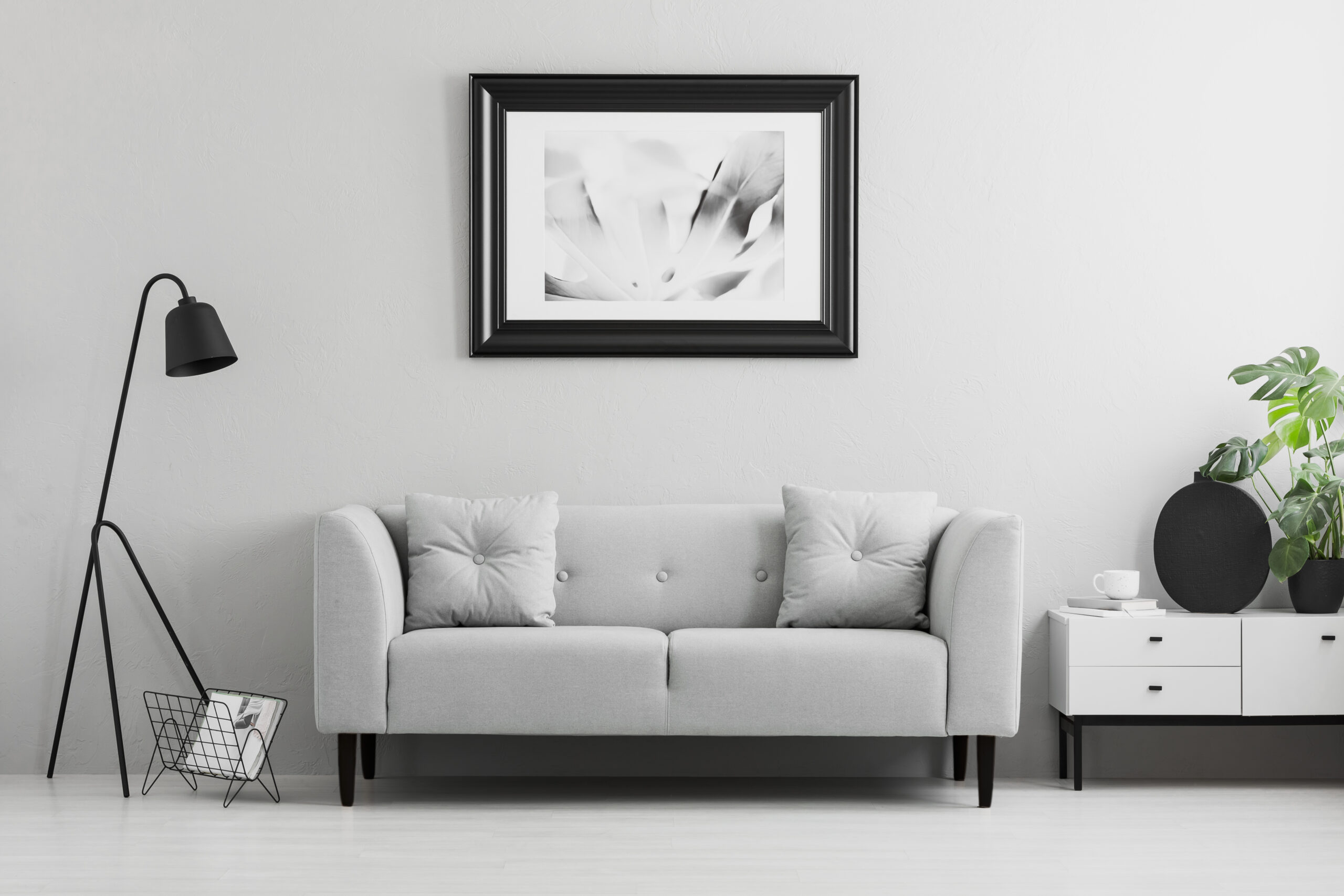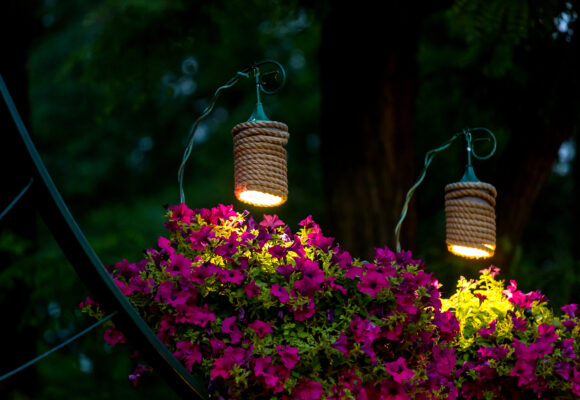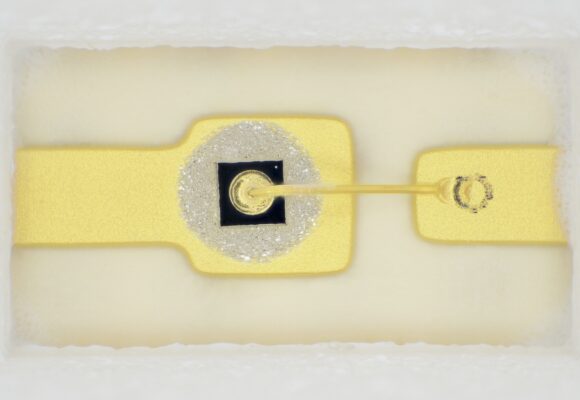Minimalist interior design is characterised by simplicity, clean lines, and a focus on functionality. In minimalist spaces, lighting is essential for creating an uncluttered, serene atmosphere while highlighting key architectural elements. Various lighting types are used strategically to enhance the minimalist aesthetic and provide both ambient and task illumination.
Minimalist Lighting
One prevalent lighting type in minimalist interior design is recessed lighting. Recessed fixtures are installed flush with the ceiling, creating a seamless look that contributes to the overall simplicity of the space. These fixtures provide ambient illumination without drawing attention to themselves, making them ideal for minimalist interiors where clutter-free surfaces are emphasised.
Another common lighting type in minimalist design is pendant lighting. Pendant fixtures feature sleek, streamlined designs that complement the clean lines of minimalist spaces. These fixtures are often used to provide focused task lighting over kitchen islands, dining tables, or work areas, adding visual interest without overwhelming the simplicity of the space.
Minimalist Colours
In terms of colours, minimalist interior design typically features a neutral palette with limited accent colours. White, gray, beige, and taupe are commonly used as base colours to create a sense of openness and airiness. These neutral hues serve as a backdrop for minimalist interiors, allowing key architectural features and furnishings to stand out. Accent colours, if used, are often muted and sparingly applied to create subtle contrast and visual interest.
Minimalist Materials & Fabrics
Materials and fabrics in minimalist interior design are selected for their simplicity, durability, and timeless appeal. Common materials include natural woods, such as oak, maple, and walnut, which are often left untreated or finished with a clear coat to highlight their natural beauty. Metal accents in stainless steel, brushed nickel, or matte black are used sparingly to add a touch of modernity and sophistication.
Fabrics in minimalist interiors tend to be simple and understated, with an emphasis on texture rather than pattern. Natural fibres such as cotton, linen, wool, and silk are preferred for upholstery, rugs, and soft furnishings, adding warmth and tactile appeal to the space without overwhelming the minimalist aesthetic.
Overall, minimalist interior design embraces simplicity, functionality, and restraint, with lighting playing a crucial role in creating a harmonious and serene environment. By incorporating a variety of lighting types, colours, materials, and fabrics, minimalist interiors achieve a sense of balance and tranquility that is both timeless and inviting.




 No products in the basket.
No products in the basket. 
